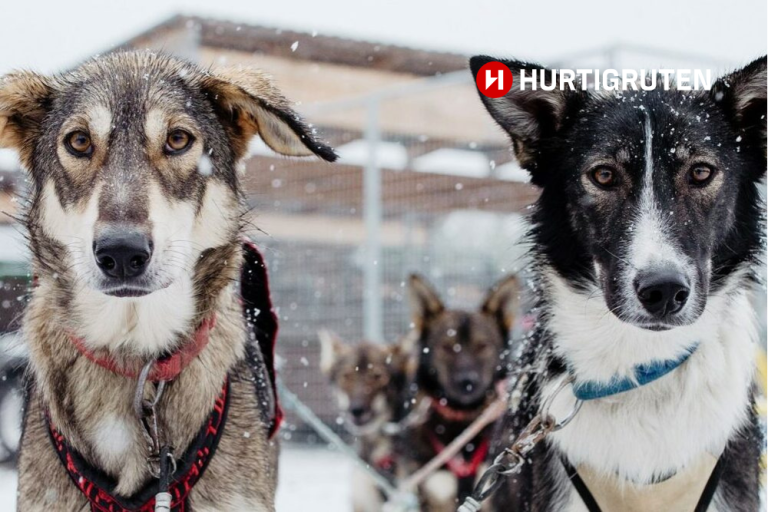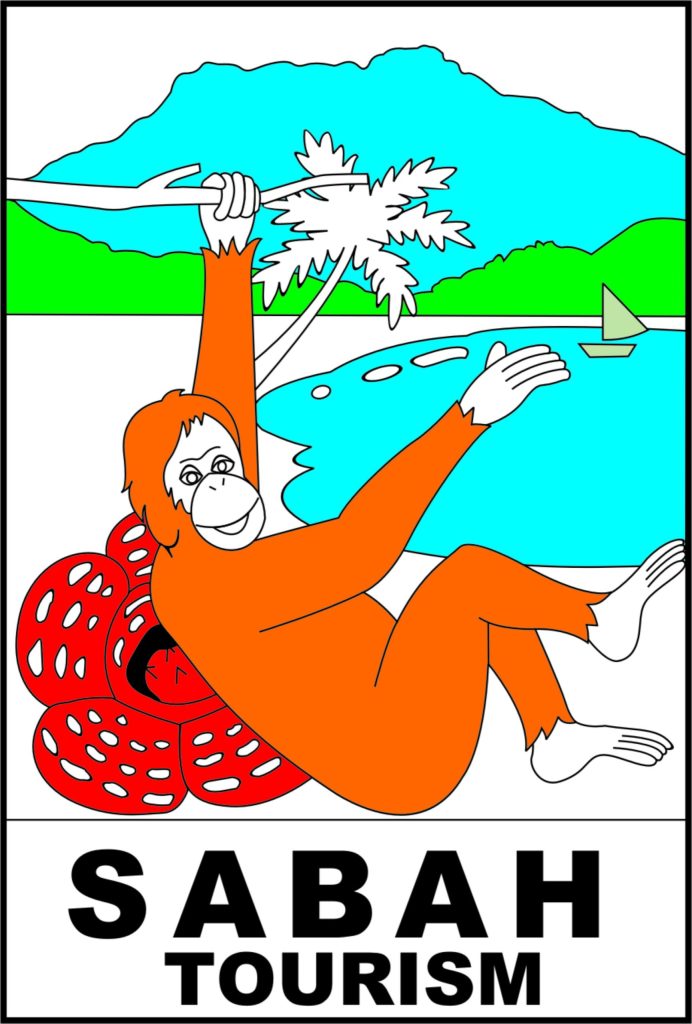Over the past few months we’ve had the opportunity to research and source some fabulous new itineraries to new destinations and have reignited our wanderlust in the process.
Personally I have really thought about the destinations I want to travel to when the world reopens.
The bucket list has become a little shorter and more refined and I’ve found myself drawn to locations that are focussed on promoting well-being, being immersed in nature, are local and I know my money spent will directly impact and assist local community.
Space is a factor too that I may not have considered before, but now a private tour that allows me to avoid the crowds is very appetising indeed.
This brings me to introduce the first of our new destinations – a place that offers all of the above and more!
In fact it is the most sparsely populated sovereign state in the world – if that doesn’t bode well for social distancing I’m not sure what does!
Let’s go to Mongolia in 2021 and beyond!
Mongolia is similar to Mars, only closer and more accessible. In the country with the lowest population density, you find yourself tête-à-tête with a cosmically unreal nature. Dunes in the Gobi desert, bright blue lakes, volcanoes, reindeer in the taiga, the hospitality of nomads in the middle of the boundless steppe – all this is worth it to shake along the Mongolian roads.
What should you do while visiting?
Meet the Sunrise in the Gobi
It is as if the wind rustles among the distant dunes, and camels, gently stepping, carry tea and spices along the Silk Road.
Contrary to expectations, most of the Mongolian Gobi is clay and stony, with bushes of hard grass and rare hooked saxaul trees. Sands, however, also exist. The most famous are the singing dunes of Khongor Els. They are called singing for the sounds made by grains of sand when moving. Another impressive place is Bayanzag, where bright red sand cliffs pitted by the wind stick out above the ground. Bayanzag is also famous for the fact that in 1923, for the first time in the world, dinosaur eggs were found there.
Even Marco Polo wrote about the Gobi “mountains, sands, and valleys are everywhere; and no food anywhere”. Almost nothing has changed since the 13th century.
Spend the night on the shore of the “Blue Pearl of Mongolia”
Lake Khuvsgul is known as the Blue Pearl of Mongolia and it is divinely beautiful. A 136km lake with clear water it’s surrounded by mountain ranges. On green meadows, yaks and horses graze idyllically. Stay in a traditional ger tent on the shore and enjoy complete peace.
See the ancient shamanistic altars
Stone slabs are found in the Mongolian steppe, on which schematic drawings of animals and objects are applied. Deer are most often depicted, hence the name deer stones. They appeared, probably, in the first half of the 1st millennium BC, finally scientists have not yet decided. Why they were needed by the ancient people and why they were offering sacrifices next to them is also not completely clear.
A good place to explore the mysterious ancient stones is Ushkiyn-Uvur, 20 km from the city of Murun. Behind a transparent fence there are 15 deer stones, including a unique one with a relief image of a human face. It is best to come at sunset, when in the oblique rays of the setting sun, drawings on stones are more clearly visible.
Visit Reindeer herders teepees
To the west of Lake Khuvsgul there lives a small nomadic people, about which almost no one knows. The Mongols call them Tsaatans, that is, reindeer herders. Dukha – so they call themselves. Previously, Tsaatans roamed with herds of reindeer along Tuva. In 1944, Tuva became part of the Soviet Union, and the freedom-loving Tsaatans, fearing collectivisation, went to their neighbours. In Mongolia, they also tried to “domesticate”: they were identified in collective farms, animals were taken, but in the end they retreated. Now there are less than 300 Tsaatans left. They still live in spiky teepees (and not in yurts like Mongolians), and their entire existence revolves around deer.
Only tourists who accept willingly and almost officially distract from deer. But they will greet you as a native: they will feed you from the heart and will tell you in a friendly conversation how one of the last nomadic people lives on earth.
Intrigued? Check out our amazing Mongolian Itineraries on myholiday2.com.au



















